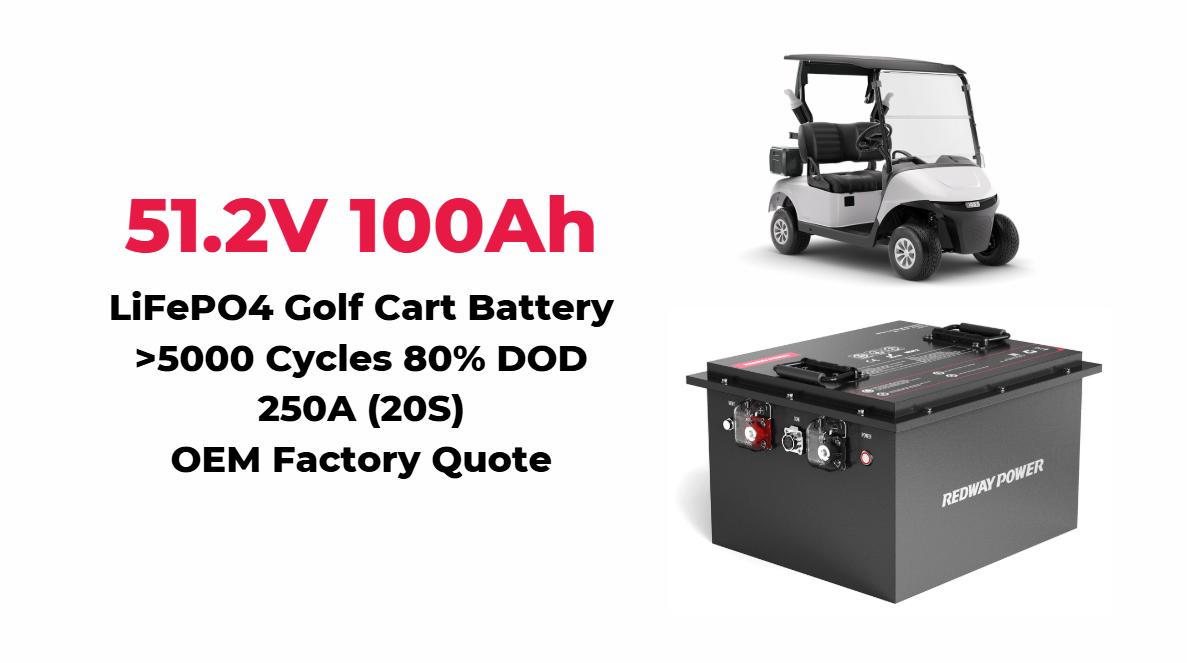
How to Charge and Maintain LiFePO4 Batteries Safely
Charging LiFePO4 batteries requires specific methods to ensure safety and efficiency. These batteries can be charged in parallel, do not typically catch fire under normal conditions, and can be charged with standard chargers if they meet certain specifications. Understanding the proper charging techniques, such as using a 20 amp LiFePO4 battery charger, and knowing how to store them is essential for optimal performance.
How Do You Charge LiFePO4 Batteries in Parallel?
Charging LiFePO4 batteries in parallel is possible and can be done safely. When connecting batteries in parallel, ensure that they are of the same voltage and capacity to avoid imbalances. Use a charger that is compatible with the total capacity of the batteries connected. Always monitor the voltage to ensure that all batteries charge evenly.Chart: Charging LiFePO4 Batteries in Parallel
| Step | Process |
|---|---|
| 1 | Ensure all batteries are of the same type and voltage. |
| 2 | Connect positive terminals together and negative terminals together. |
| 3 | Use a compatible charger for the total capacity of the bank. |
| 4 | Monitor voltage levels during charging to ensure balance. |
Do LiFePO4 Batteries Catch Fire?
LiFePO4 batteries are known for their high safety profile compared to other lithium-ion chemistries. They are less likely to catch fire due to their stable chemistry, which does not release oxygen when heated, thereby minimizing the risk of thermal runaway. However, like any battery, they can catch fire under extreme conditions or if improperly handled.Chart: Fire Risk Comparison of Battery Types
| Battery Type | Fire Risk Level |
|---|---|
| LiFePO4 | Low |
| Lithium-Ion (NMC) | Moderate |
| Lead-Acid | Low |
Can You Charge a LiFePO4 Battery with a Standard Charger?
You can charge a LiFePO4 battery with a standard charger, but it must be compatible with lithium chemistry and set to the correct voltage (typically around 3.6V per cell). Standard lead-acid chargers are not suitable as they may overcharge or damage the battery. It is recommended to use a dedicated LiFePO4 charger for optimal performance.
What Is a 20 Amp LiFePO4 Battery Charger?
A 20 amp LiFePO4 battery charger is designed to provide a specific charging current suitable for larger capacity batteries. This type of charger allows for faster charging times while ensuring that the battery is charged safely without exceeding its limits. Using a charger rated at 20 amps can significantly reduce charging time compared to lower-rated chargers.Chart: Benefits of Using a 20 Amp Charger
| Benefit | Description |
|---|---|
| Faster Charging | Reduces time taken to fully charge large batteries. |
| Optimal Performance | Ensures compatibility with high-capacity cells. |
| Safety Features | Typically includes protections against overcharging. |
How Should You Store LiFePO4 Batteries?
Store LiFePO4 batteries in a cool, dry place away from direct sunlight and moisture. The ideal temperature range is between 10°C to 35°C (50°F to 95°F). For long-term storage, charge the battery to about 50-60% capacity and check its state of charge every few months to maintain optimal health. Proper storage of LiFePO4 batteries is crucial for maintaining their lifespan:
- Cool, Dry Place: Store in an environment between 10°C (50°F) and 25°C (77°F).
- Charge Level: Keep batteries at around 50% state of charge for long-term storage.
- Avoid Extreme Temperatures: Do not expose them to high heat or freezing conditions.
- Regular Checks: Inspect periodically for any signs of damage or swelling.
Chart: Storage Conditions for LiFePO4 Batteries
| Condition | Recommendation |
|---|---|
| Temperature | Store between 10°C (50°F) and 25°C (77°F). |
| Charge Level | Maintain at approximately 50% charge. |
| Environment | Keep in a cool, dry location away from flammables. |
Expert Views
“LiFePO4 batteries are among the safest lithium-ion options available today,” states an expert in battery technology. “Understanding how to charge them properly and store them effectively can significantly enhance both their performance and longevity.”
Frequently Asked Questions
- What is the best way to charge LiFePO4 batteries?
The best method involves using a dedicated charger designed for LiFePO4 chemistry, ideally employing constant current/constant voltage (CC/CV) methods. - Can I store my LiFePO4 batteries outside?
It is not recommended; they should be stored indoors in a cool, dry place away from extreme temperatures. - Do I need special equipment to charge my LiFePO4 batteries?
While you can use standard chargers if they meet specific criteria, it’s best practice to use chargers specifically designed for LiFePO4 batteries. - How often should I check my stored LiFePO4 batteries?
Regular checks every few months are advisable to ensure they remain in good condition. - What happens if I overcharge a LiFePO4 battery?
Overcharging can lead to reduced lifespan or damage; however, they are less prone to catastrophic failure compared to other lithium-ion types.
